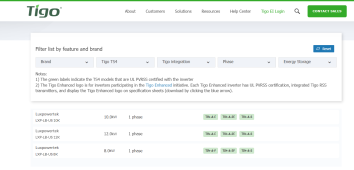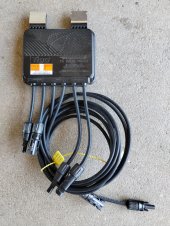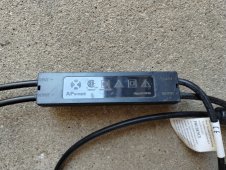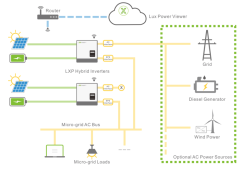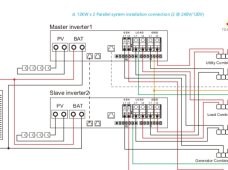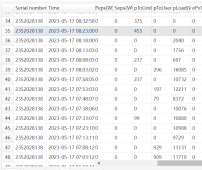I don't think it does.
You would think that energy stored in magnetic core of a transformer would help kick over a heavy load, like supply the surge needed to start a motor. However, the total energy it is capable of storing is vanishingly small.
If you look up a "Line Tamer" or similar ferro-resonant transformer, which can keep delivering AC for a couple cycles when the line drops out, it is quite massive (100 lb or so) for maybe 250W rating.
The energy stored in an inductor like a transformer is integral of current over time, or maybe that minus resistive losses. A transformer that can carry 100A in a 240V primary (25kVA) when secondary is delivering same kVA, only carries about 0.5A no-load. So it might have enough energy stored to deliver 120W for 8 milliseconds. If you apply more voltage, the current shoots up as the core saturates; it can't hold any more energy.
(Same goes for common-mode chokes. If they have a rated differential current of 1A, for common mode current they saturate below 10 mA.
Transformer current waveforms driven at nominal voltage and 50% of nominal:
So you think you can backfeed a transformer secondary, either as step-up or as auto-transformer? Turns out these things aren't so ideal and reversible as one might expect. It isn't just the greater inrush (primary is often wound outside secondary to reduce inrush current), but also idle current...

diysolarforum.com
I use a Variac to drive transformers and chokes into saturation. In some cases I was able to plot the characteristic "S" shaped BH curve, but other times I got loops that crossed over at the end, couldn't make sense of them. Objective was to make SPICE models.
I think the surge capability of an inverter is not so much due to LF vs. HF architecture, rather the current it was designed to deliver.
There are some things about boost converter that would particularly limit current, but the new Midnight Rosie shows it is possible to have high sustained surge current from an HF design.
Given AC of unlimited capacity driving a transformer, nominal rated current is usually what causes about 6% voltage drop in windings, from +3% to -3% of rated voltage. Short circuit current could be about 17x rated current, which is where voltage drop brings output to zero volts.
An inverter with beefy FETs directly driving a transformer (e.g. square wave or MSW) might provide such surge. the early Trace were apparently such MSW design but with multiple winding taps for several different voltage steps. I could imagine that delivering very high surge.
Nothing to do with energy stored in the magnetic field, however.



